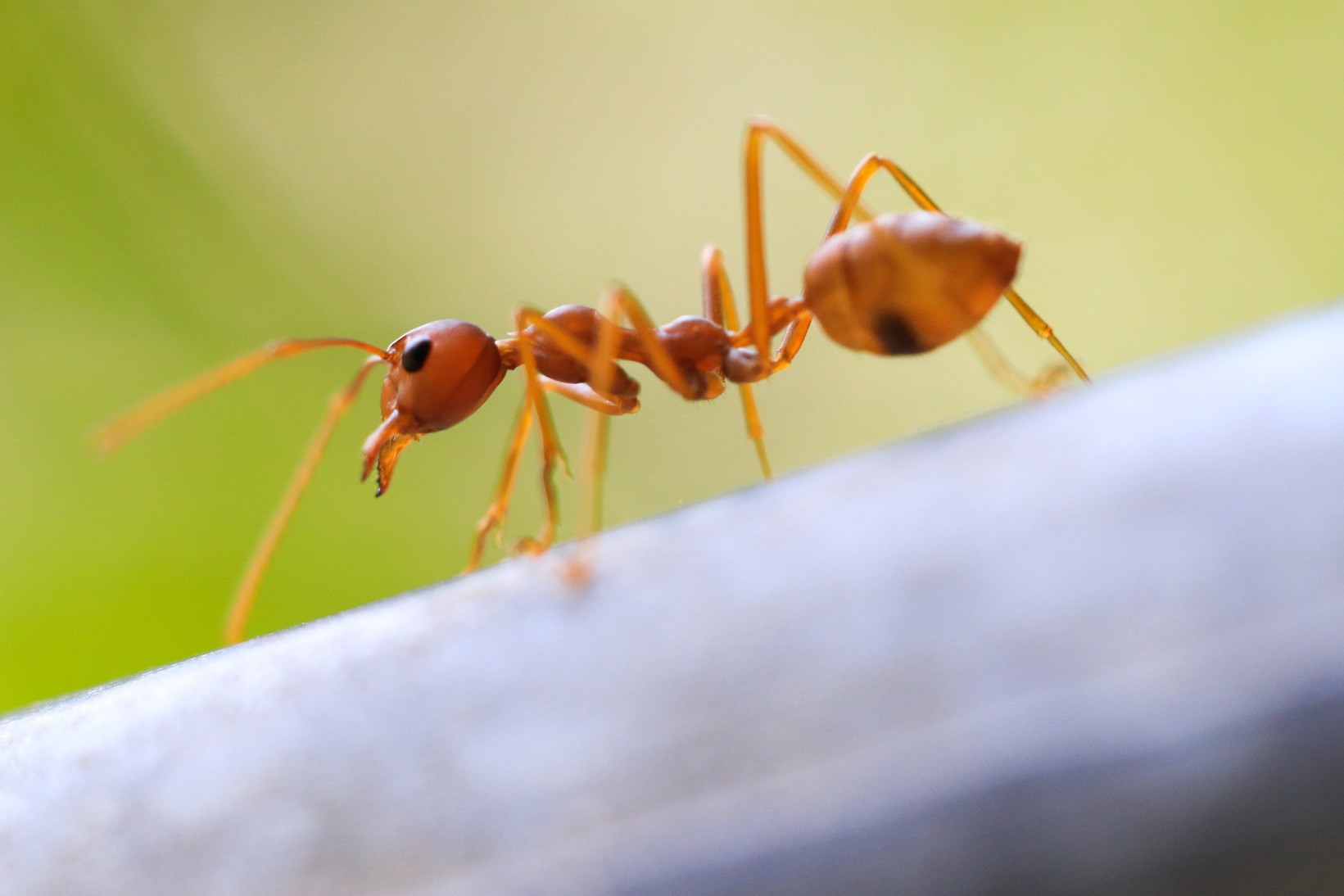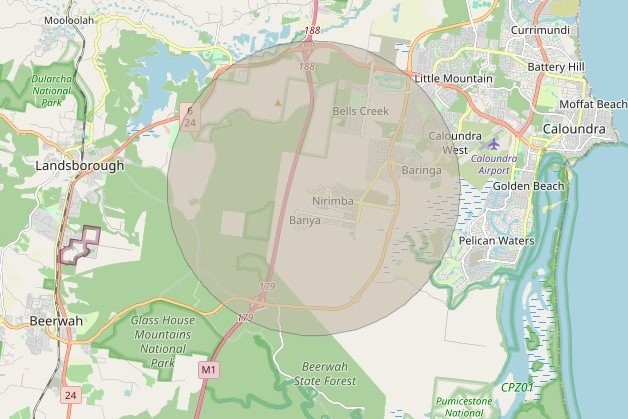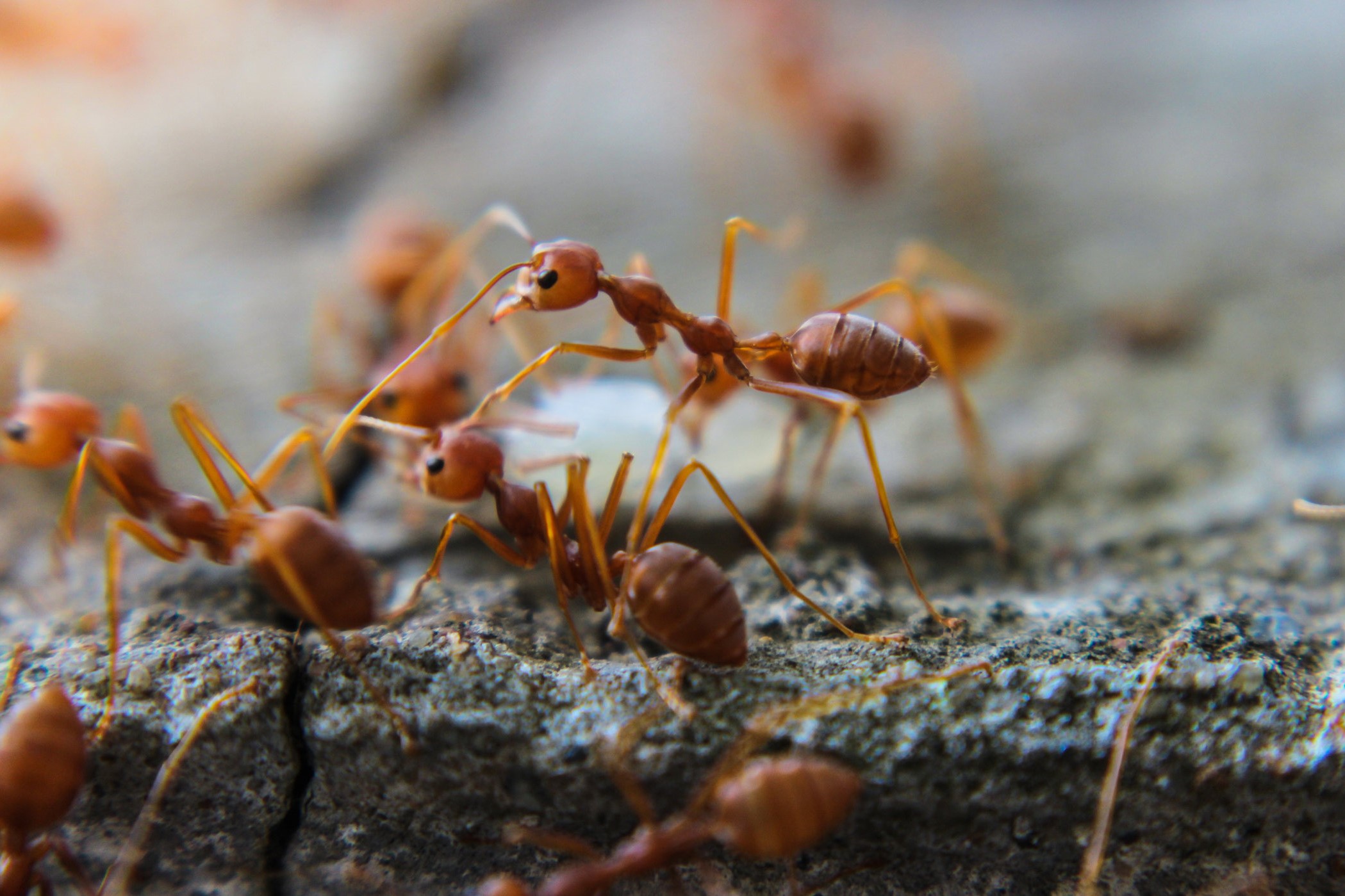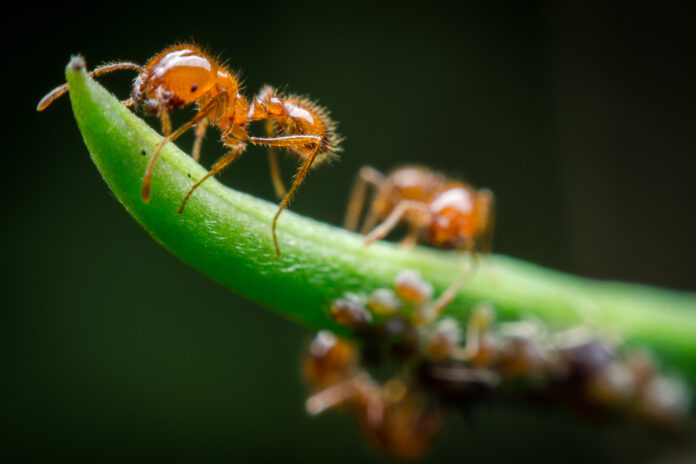Several fire ant nests have been discovered within two suburbs of the Sunshine Coast.
Thirteen nests, at six sites at Nirimba and Banya, have been reported since the dangerous insects broke containment lines and were sighted in the region just over a month ago.
Fire ants can cause devastating impacts to people’s health and lifestyle, the environment and the economy.
The group tasked with eliminating them, the National Fire Ant Eradication Program, is working in the area.
“All known nests have been treated and intensive surveillance is underway,” a spokesperson said.
The NFAEP has also embarked on an awareness campaign.
“Our engagement with the Sunshine Coast community is ongoing, including information stands at Bunnings, Baringa State School and the Baringa Community Centre, as well as letterbox drops, signage in the local area, media releases, social media posts, stakeholder briefings and communications packs for council.
“A community meeting is planned for later this month.”
The local community group, Aura Connected, informed Sunshine Coast News that it arranged the community meeting, to be held at Brouhaha at Baringa on Thursday, July 18, when a representative from the NFAEP will discuss the situation with residents.

Fire ants have been present around Brisbane, Ipswich and the Gold Coast for some time, but were recently found in northern New South Wales, the Southern Downs and the Sunshine Coast.
The NFAEP, which is backed by state and federal governments, did not know how fire ants entered the Sunshine Coast.
“Our compliance and tracing investigations are ongoing, and we are looking at all possibilities, including that the ants have been brought into the area through human-assisted movement,” the spokesperson said.
“Human-assisted movement continues to be the biggest risk for the spread of fire ants, which is why it is important everyone follows fire ant-safe practices and the fire ant biosecurity zones.”

A biosecurity zone has been established on the southern Sunshine Coast, including Nirimba, Banya, Baringa, Gagalba, Bells Creek, Corbould Park and parts of Caloundra West, Pelican Waters, Coochin Creek, Beerwah, Landsborough and Glenview.
“Fire ant biosecurity zones apply to anyone dealing with organic materials that can carry fire ants, sourced from within the zones,” the spokesperson said.
“This includes soil, hay, mulch, manure, quarry products, turf, potted plants and cotton, and applies for both individuals and businesses.
“We encourage everyone sourcing organic materials to check where they come from and ask if their supplier has followed fire ant safe practices.
“Working together is key to eradicating fire ants and we would like to thank the local council and community for continuing to support the eradication effort.”
The spokesperson said it was “the perfect time” for locals to look for and report any suspect sightings.
“Fire ant nests become more visible in colder months and after rain,” they said.
“This is because the ants tend to build their nests higher to regulate the nest temperature in cooler weather.
“We ask the community to be our eyes on the ground. Community support is vital, and we thank the vigilant person who made the initial suspect ant report in Nirimba.
“You can report fire ants at fire ants or by calling 13 25 23.”
Nirimba and Banya are emerging suburbs within the large and rapidly growing master-planned community of Aura, developed by Stockland.
A Stockland spokesperson said the property juggernaut was co-operating with fire ants responders.
“Stockland continues to work closely with the Queensland Government and is following the process set by the National Fire Ant Eradication Program,” they said.
Related story: Plea for more action after fire ants found on Coast
Fire ants can pose significant health risks to people.
They can cause a painful, itching sensation for up to one hour. Multiple stings can give the sensation that the body is on fire. Stings can lead to infections and allergic reactions, which can be fatal.

Fire ants can affect fauna, displace or eliminate native species, attack ground-feeding birds and damage seeds and pollinators to cause major ecosystem to change over time.
They can damage electrical equipment like air-conditioners, meter boxes and traffic signals, and destroy irrigation systems and farm machinery.
They can damage more than 50 types of crops, kill native plants, feed on biological control agents and attack and hinder livestock. They can also sting pets.
Fire ants can also take over parks, sports fields and lawns.
They were first detected in Australia in 2001 but it is thought they could have arrived years earlier, potentially ‘hitchhiking’ with shipping containers from America.
Do you have an opinion to share? Submit a Letter to the Editor at Sunshine Coast News via news@sunshinecoastnews.com.au. You must include your name and suburb.





